Chroma Succulent Care: Learn About Growing Chroma Echeveria Plants
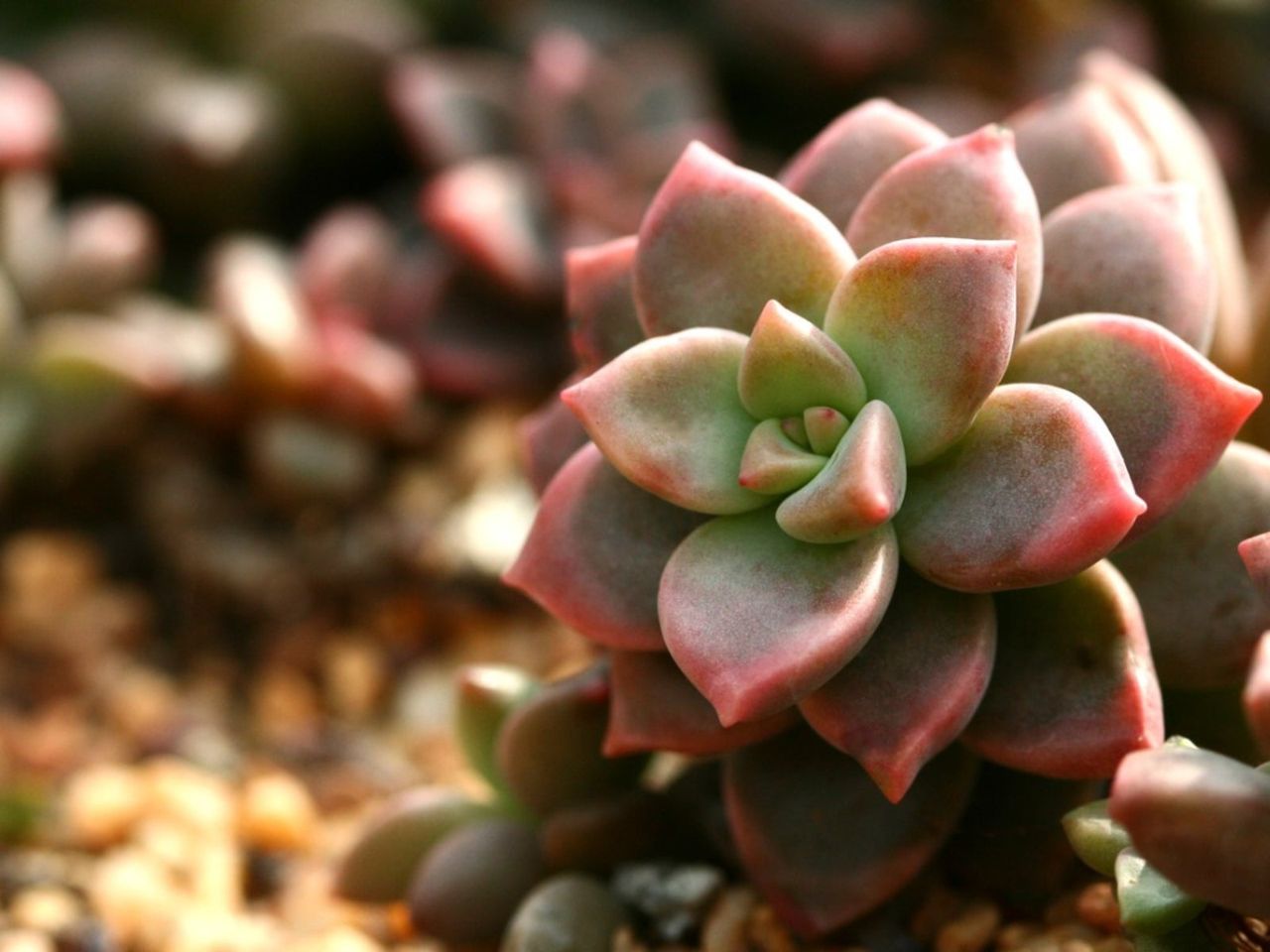
It is a popular and considerate idea to gift wedding guests with a small token of appreciation for their attendance. One of the hottest gift ideas of late has been a small potted succulent. The ideal succulents for this purpose are Chroma echeveria plants. It might even be nice to include a small card with a description of what an Echeveria ‘Chroma’ is, growing Chroma echeveria and succulent care for your guests to take home with them.
What is Echeveria ‘Chroma’?
Chroma echeveria plants are hybrid succulents created in California. They are comprised of a small rosette of up to 3 inches (8 cm.) across, which makes them the perfect size for a take-away gift. Their diminutive size isn’t their only selling point; they also have lovely shiny, deep rose to maroon foliage that can complement the bridal party’s colors.
Echeveria ‘Chroma’ Info
From the Crassulaceae family, Chroma succulents are only cold hardy to 20 to 30 degrees F. (-7 to -1 C.), which means they can be successfully grown in USDA zones 9 through 11 outside. All other zones should grow Chroma as a houseplant. The parent plant, Echeveria, is among one of the most colorful of the succulents. It can grow quite large with thick, brightly hued leaves. Hailing from Mexico and Central America, echeveria blooms with yellow, orange, red, or pink bell-shaped blossoms on long stems.
Chroma Succulent Care
Succulents are easy to grow as long as you don’t overwater them. Remember that succulents hold water in their thick fleshy leaves. Do not water them until the soil is dry to the touch. Overwatering can lead to rot of both leaves and roots. When growing Chroma echeveria, use a succulent/cactus potting soil that is porous and well-draining. Be sure that the container has adequate drainage holes. Situate the succulent in an area with plenty of light. As the lower leaves dies back, be sure to remove them, as they can be havens for pests such as mealybugs. When the plant outgrows its pot, allow the soil to dry out and then gently remove the succulent. Remove any rotted or dead roots and leaves. Treat any cuts with a fungicide. Then repot Chroma in a larger pot, spreading the roots out as you backfill with soil. Let the succulent stay dry for about a week and acclimate, then water it lightly as usual.
Gardening tips, videos, info and more delivered right to your inbox!
Sign up for the Gardening Know How newsletter today and receive a free copy of our e-book "How to Grow Delicious Tomatoes".

Amy Grant has been gardening for 30 years and writing for 15. A professional chef and caterer, Amy's area of expertise is culinary gardening.
-
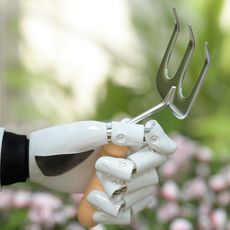 The Dangers Of AI For Gardening – How To Know What’s Real When It Comes To Your Garden
The Dangers Of AI For Gardening – How To Know What’s Real When It Comes To Your GardenThings aren’t always what they seem when it comes to using AI for gardening. Be discerning when relying on AI for accuracy, and take the time to do research.
By Teo Spengler
-
 Best Determinate Tomatoes: Compact Varieties With Big Yields For Cooking & Canning
Best Determinate Tomatoes: Compact Varieties With Big Yields For Cooking & CanningDeterminate tomatoes are prized for their compact growth and bountiful harvests. Learn their characteristics and choose the best varieties for your garden.
By Bonnie L. Grant
-
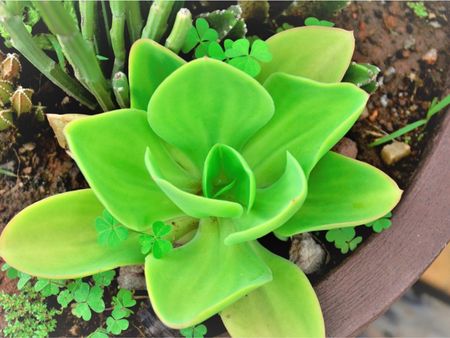 Echeveria Pallida Plant Info: Growing Argentine Echeveria Succulents
Echeveria Pallida Plant Info: Growing Argentine Echeveria SucculentsIf you enjoy growing succulents, then Echeveria pallida may be just the plant for you. Click here to learn about Argentine echeveria plants.
By Becca Badgett
-
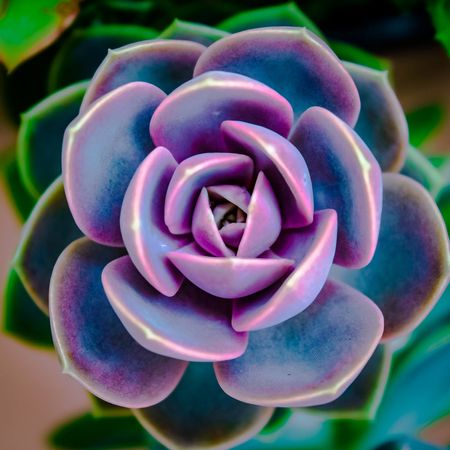 Perle Von Nurnberg Info: What Is A Perle Von Nurnberg Plant
Perle Von Nurnberg Info: What Is A Perle Von Nurnberg PlantEcheveria are some of the easiest succulents to grow, and the Perle von Nurnberg plant is one of the prettiest examples of the group. Click here for some comprehensive Perle von Nurnberg information.
By Bonnie L. Grant
-
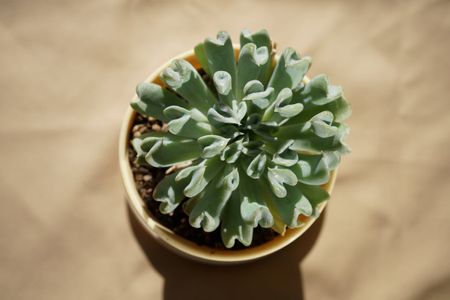 Topsy Turvy Echeveria Care: How To Grow A Topsy Turvy Plant
Topsy Turvy Echeveria Care: How To Grow A Topsy Turvy PlantSucculents are varied and come in a lot of different shapes and colors. A Topsy Turvy plant is a stunning type of echeveria, one large group of succulents, that is easy to grow and adds visual interest to desert beds and indoor containers. Learn more in this article.
By Mary Ellen Ellis
-
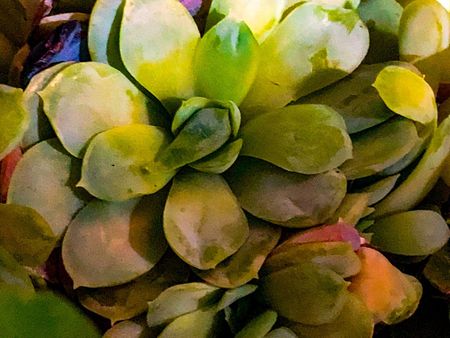 Arctic Ice Succulent: What Is An Arctic Ice Echeveria Plant
Arctic Ice Succulent: What Is An Arctic Ice Echeveria PlantSucculents are enjoying immense popularity as party favors, particularly as wedding take away gifts. If you have been to a wedding lately, you may have come away with an Echeveria ‘Arctic Ice’ succulent, but how do you care for it? This article will help.
By Amy Grant
-
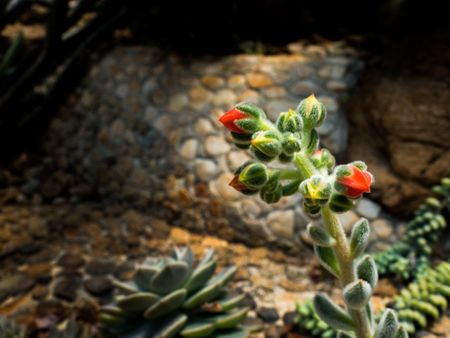 Doris Taylor Succulent Info: Tips On Growing A Woolly Rose Plant
Doris Taylor Succulent Info: Tips On Growing A Woolly Rose PlantEcheveria "Doris Taylor," also called the woolly rose plant, is a favorite of many collectors. If you’re not familiar with this plant, you may ask what is a woolly rose succulent? Click this article to learn more about this interesting succulent plant.
By Becca Badgett
-
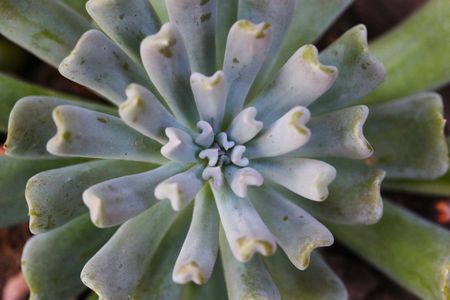 Irish Mint Echeveria Info: How To Grow An Irish Mint Succulent
Irish Mint Echeveria Info: How To Grow An Irish Mint SucculentEcheveria is a genus of stonecrop plants with a huge variety of species and cultivars, many of which are very popular in succulent gardens and collections. One beautiful and easy-care variety is Echeveria ‘Irish Mint.’ Click here for more info on this echeveria plant.
By Liz Baessler
-
 Caring For Ramillette Echeverias – Information About Ramillette Succulents
Caring For Ramillette Echeverias – Information About Ramillette SucculentsThe Ramillette echeveria plant is also called Mexican hens and chicks, but don’t be misled. These plants are only hardy in USDA zones 9-11 for year-round outdoor planting and growing. Click here to learn more about caring for a Ramillette echeveria plant.
By Becca Badgett
-
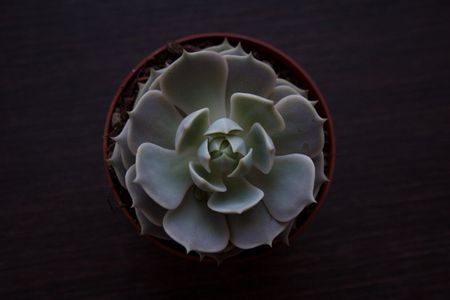 Echeveria ‘Lola’ Info: Learn How To Care For A Lola Echeveria
Echeveria ‘Lola’ Info: Learn How To Care For A Lola EcheveriaAnother of the most commonly owned succulents, the popular Echeveria ‘Lola’ plant is a beautiful, rosette that may be surrounded by pups. Offsets produce readily on this grayish-blue leafed favorite. Growing Lola echeveria is simple too, and this article will help.
By Becca Badgett
